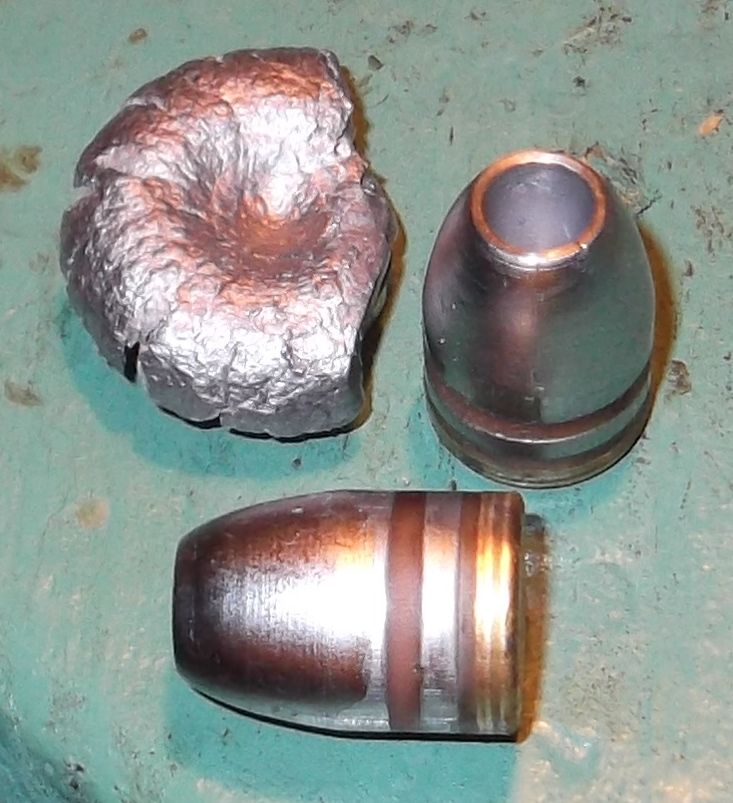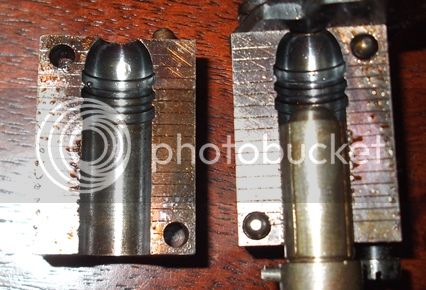M.D.- George A. Custer in Life on the Plains wrote about killing buffalo with a 44 Army, He would ride up on horseback and shoot at point blank range. It seemed almost impossible to me but someone said that the 44 Dragoons were also considered an "Army" since they were used by the army and Custer might have been using a dragoon.
Getting back to relying on field experience. If you shoot a deer with a 30-30 and it runs a 100 yards before dropping- the reason is "you didn't have enough gun". If the same thing happens with a 30-06, then the reason the deer ran 100 yards was the unusual vitality of the deer or poor bullet placement, etc. It seems to me there is a gray area that can't be reduced to a clear black and white answer. I think foot pounds of energy is a value measurement and the best we have but it isn't everything. I think a lot more focus needs to be given to the type of projectile and what happens with that projectile when it hits a game animal. In any event,on percussion revolvers for deer. I think maybe the best we can do is figure at 30 yards or less if you can take a broadside shot through both lungs, the percussion revolver will kill a deer. If you have a heavy conical and maximum powder charge and the deer is small or average, a shoulder shot SHOULD be okay but less reliable.
With all of the borderline type weapons and loads there is a limiting factor. You need to consider range and the type of shot (broadside, shoulder) that is available. There is the reality that in some situations a shot must be passed up with a revolver, etc that you could have taken with a rifle. Does this mean the revolver should never be used? I don't think so. In bowhunting there are many shots you cannot take (80 yards, etc)that you could take with a rifle but no one is giving up bowhunting.







